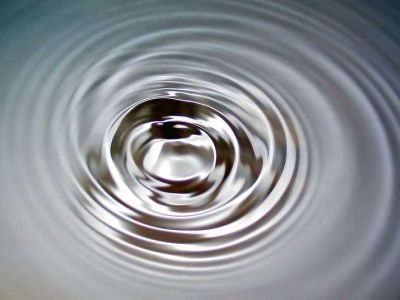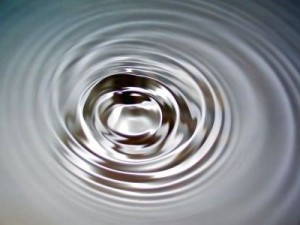PV manufacturing typically consumes large quantities of water. With solar cell manufacturing facilities moving into water-scarce regions, like the Middle East, PV fab processes must be retooled to conserve and recycle water. Here’s how.
Water is the new oil. Don’t waste it.
We live in exciting times, when economic and political influences are bringing new advanced technology manufacturing opportunities to new regions of the world. Unfortunately, this is also a time of growing concern about the increasing scarcity of fresh water around the world. Does that mean that emerging economies in arid lands will be excluded from the global migration of advanced technology manufacturing?
 It doesn’t have to be so. But this new reality is forcing us to deal more directly with innovative water reclaim strategies.
It doesn’t have to be so. But this new reality is forcing us to deal more directly with innovative water reclaim strategies.
Modern photovoltaics (PV) manufacturing facilities typically use tremendous quantities of water (>1000 cubic meters per day), in part because water has been in plentiful supply and relatively inexpensive in regions where solar cells are traditionally manufactured. But what happens when a PV manufacturing facility is built where water is extremely scarce?
A recent solar manufacturing project in the Middle East was built in such a severely water-restricted region that the initial phases of the project require water and wastewater to be transported to and from the facility by truck. It is imperative the facility be equipped with systems capable of consuming extremely low amounts of water compared to other PV fabs, and capable of recycling or reusing 95% of the facility’s water.
How PV facilities use water
There are two key drivers for water use in a PV manufacturing facility: the manufacturing facility and associated infrastructure (where water is typically used for cooling, sanitary purposes, and landscaping) and the manufacturing process (where both standard industrial water and highly purified deionized water are required to manufacture wafers and cells).
By implementing an alternative HVAC strategy coupled with domestic water reclaim and reuse strategies, we are able to forecast a reduction in facility infrastructure water demand of approximately 95% compared to standard industry benchmarks. Through the implementation of novel industrial water treatment, reuse, and recycling concepts, we forecast a reduction in water demand of over 75% for the manufacturing process compared to standard PV manufacturing processes. The combined savings of these strategies for the infrastructure and manufacturing process components of the plant are expected to reduce incoming (city) water demand to the facility by approximately 90%, while still meeting full production targets and operational efficiency goals.
This is achieved through:
- Alternative (non-water based) strategies for facility HVAC cooling.
- Reuse paths for PV manufacturing process (wet chemical) wet baths and rinse waters.
- Water reduction strategies for wet scrubbers and chemical abatement systems.
- Sanitary water reduction and reuse strategies.
Adding to the effectiveness of these strategies is an understanding of the importance of:
- The critical relationships between facility, process technology, and manufacturing equipment requirements related to water reuse strategies.
- Thorough characterization of water quality requirements for every step in the manufacturing process.
- Characterizing chemical use in the manufacturing process and segregating wastewater streams.
- How local environmental codes impact water reuse and recycling strategies.
- How water reuse complicates water treatment and discharge strategies.
- Tradeoffs between minimizing capital cost and maximizing long term operability.
Water has often been called the “new oil” — its availability will be a make or break issue for economic growth in established as well as emerging economies around the world. Water scarcity is a problem that is regrettably here to stay. The good news is that radically efficient solutions for super-efficient water usage are achievable and replicable in a time when much of the world’s fresh water supplies are feeling unprecedented pressure.

 Follow
Follow